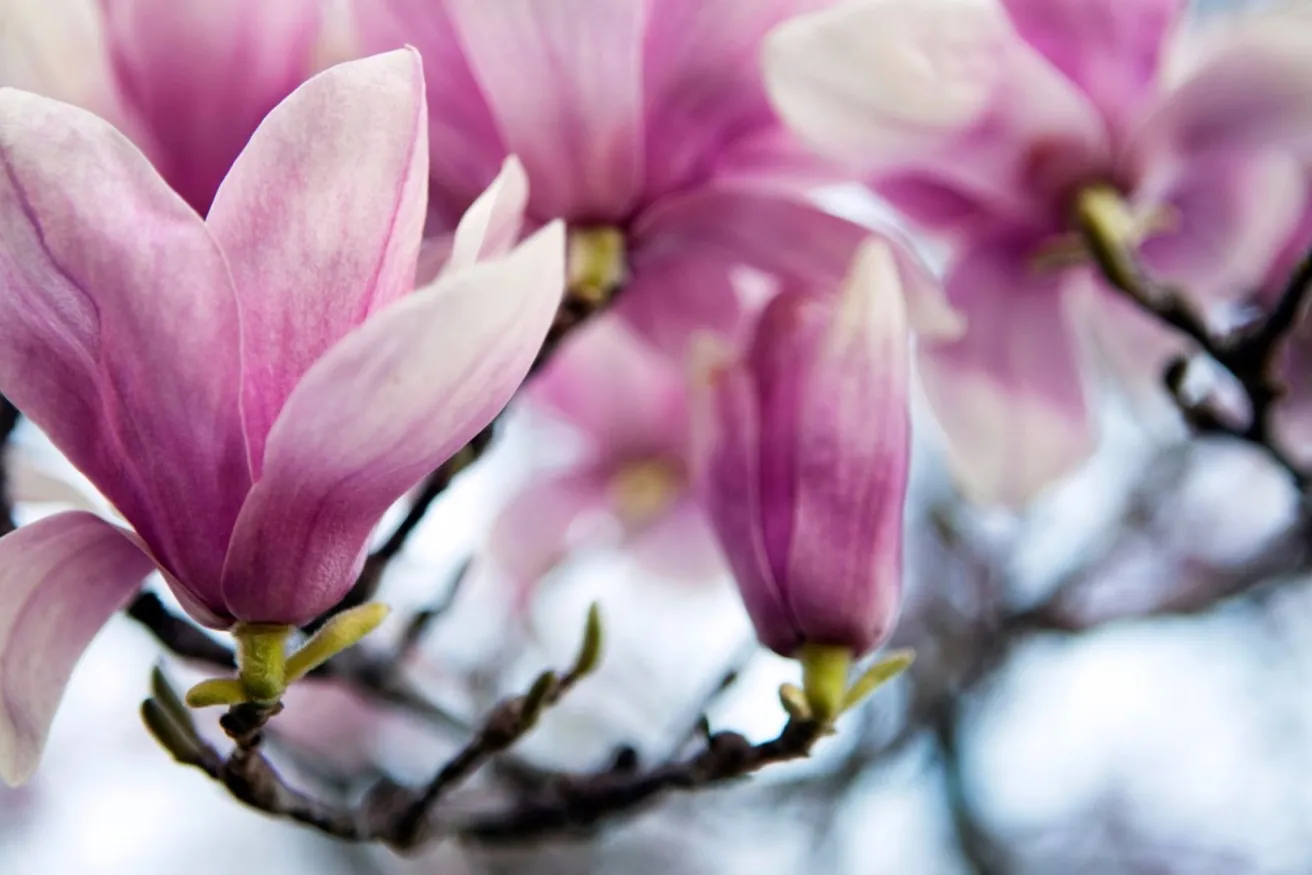Now live: The 2025 Canopy Report. Learn how Americans see trees. GET THE REPORT
Magnolia x soulangeana
Did you know there are more than 80 species of magnolias that circle the globe? The saucer magnolia outcompetes some 1,000 cultivars derived from the species. A hybrid cousin of America's magnificent Southern magnolia, the saucer magnolia is actually a large spreading shrub that takes its name from its wide, saucer-like flowers. The tree was crossed with two Chinese species of magnolias: the magnolia liliiflora (m. liliiflora) and the lily magnolia (M. denudate). Its fame spread quickly, with specimens of the tree being sold in the U.S. as early as 1832.
The tree’s attractive pink and white flowers and small size has shaped it as one of the most popular flowering trees. Arthur Plotnik described the flowers as “a thousand porcelain goblets.” The flowers can measure up to 10 inches across, and appear on the branches before leaves, boasting a show of vibrant color.
In the Landscape
One of the most popular flowering trees in the United States, this tree is planted widely both in America and Europe. The tree tolerates poor soil and air pollution and is often used as an ornamental (hardiness zones 4-9). The tree will exhibit blossoms when other trees are finished for the season. It does best in full sun and reaches up to 30 feet at maturity. However, avoid planting too close to your home, plant at least 15 feet away from any buildings. The tree’s large petals and fruits will drop in the fall, creating cleanup. Saucer magnolias best fit into landscapes as an open lawn specimen, accent point in the corner of a large garden, along border fences, and on flower beds.




